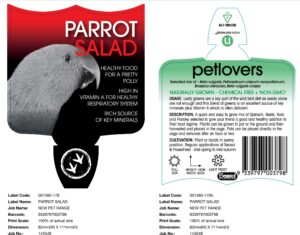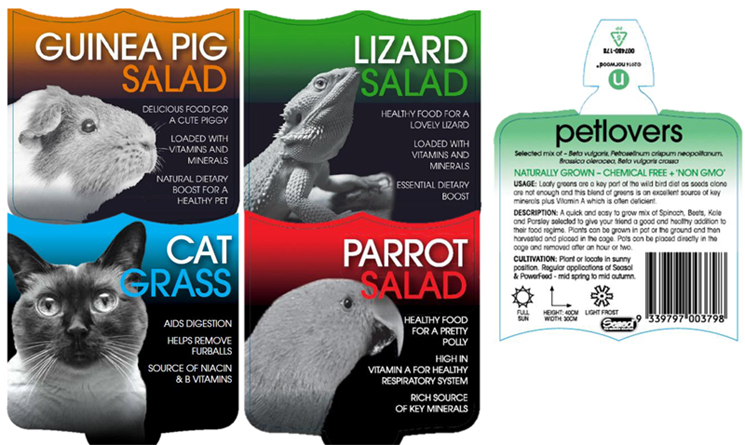Pet edibles
By Clive Larkman
For many of us, one of the best things in life is the opportunity to eat food from all over the world. Stimulating the taste buds also helps us enjoy life and push through good and bad times. You would have to be living under a rock to not be aware that a quality, balanced and varied diet is one of the key elements to a long and healthy life.
We spend a lot of time balancing our diet to ensure we have a good balance of the relevant nutrients, vitamins and minerals. We also monitor our intake of fats, sugars and proteins as we are all aware of their roles in a healthy body. We try to make our meals tasty and enjoyable as well as healthy. Parents are taught about nutrition and most try to find meals that appeal to their children. We would frown on anyone who simply put a basic mix of nutrients in a bland mix of biscuits for their children. Sure, the food might be healthy but the enjoyment of eating is lost.
Many of us have pets and generally speaking most would be dogs and cats although the range is quite large. The majority of us love our pets and in many cases treat them like our children. We give them comfortable places to live, a healthy diet and are quick to undertake a visit to the vet. A trip to the supermarket will show how big the pet food industry is. One whole aisle is devoted to feeding our furry (and other) friends, which includes lots of signs about healthy, safe, clean and tasty foods. The value is around $2.5billion and growing. The trend is to humanise the food in the same way we are humanising our pets.
There has been masses of research conducted in zoos around the world on the value of feeding animals food that does more than give them the correct nutrition. It is no different with our pets. Like us, they like variety and flavour. Whole chicken is far better than processed chicken in a can for our pet dogs. Similarly fresh herbs and vegetables are far more beneficial than dried pellets. This is true for all pets, from the lowly goldfish to the best racehorse or working dog.

Within the nursery industry there has been a substantial growth in the production and sale of edible plants. The increase has been as much in range as it is in volume. Our customers are constantly looking for new health foods and interesting flavours for the home diet. We are catering for this but have not picked up on the pet food industry. If we can claim a tiny one percent, it would be worth $20 million to our sector.
For many years, cat or pet grass, which is a recreational drug for cats and dogs, along with catmint and catnip, have been on the market. These sell well and are more a luxury than a basic dietary addition or supplement. At the same time, there is an awareness of plants that may be poisonous to pets, which are similar to those that are harmful to humans. Most animals are pretty good at not eating plants that are harmful but it is still something we are cautious with.
As an industry, we have an opportunity to understand what different pets need and then provide plants that can be grown at home to fulfil their needs. The benefits of home-grown pet foods are the same as they are for us, and there is the added benefit of knowing we are providing nourishment in a form similar to wild-sourced compared to pellets.
Initially the idea of growing plants as pet edibles would be limited to dogs, cats and rabbits but the options are much wider. If we were to just grow similar plants for our pets as we do for ourselves, we would be able to feed almost every pet type (except 100% carnivores) including mammals, fish, birds, reptiles and amphibians. If we were to try and group the plants, it would be into two categories. The plants that we can provide for pets in pots for either complete destruction (where they devour the entire plant) or if they eat it down to the base, the plant will regrow and can be replaced e.g., cat grass. Then there are those that need to be grown in the garden and then harvested and fed to the pets. Most of these are plants for which we would also eat the harvested product e.g., capsicum, cucumbers.
It’s time for us to look at a new customer base, so next month we will look at some specific plants and the animals that can and can’t eat them.

